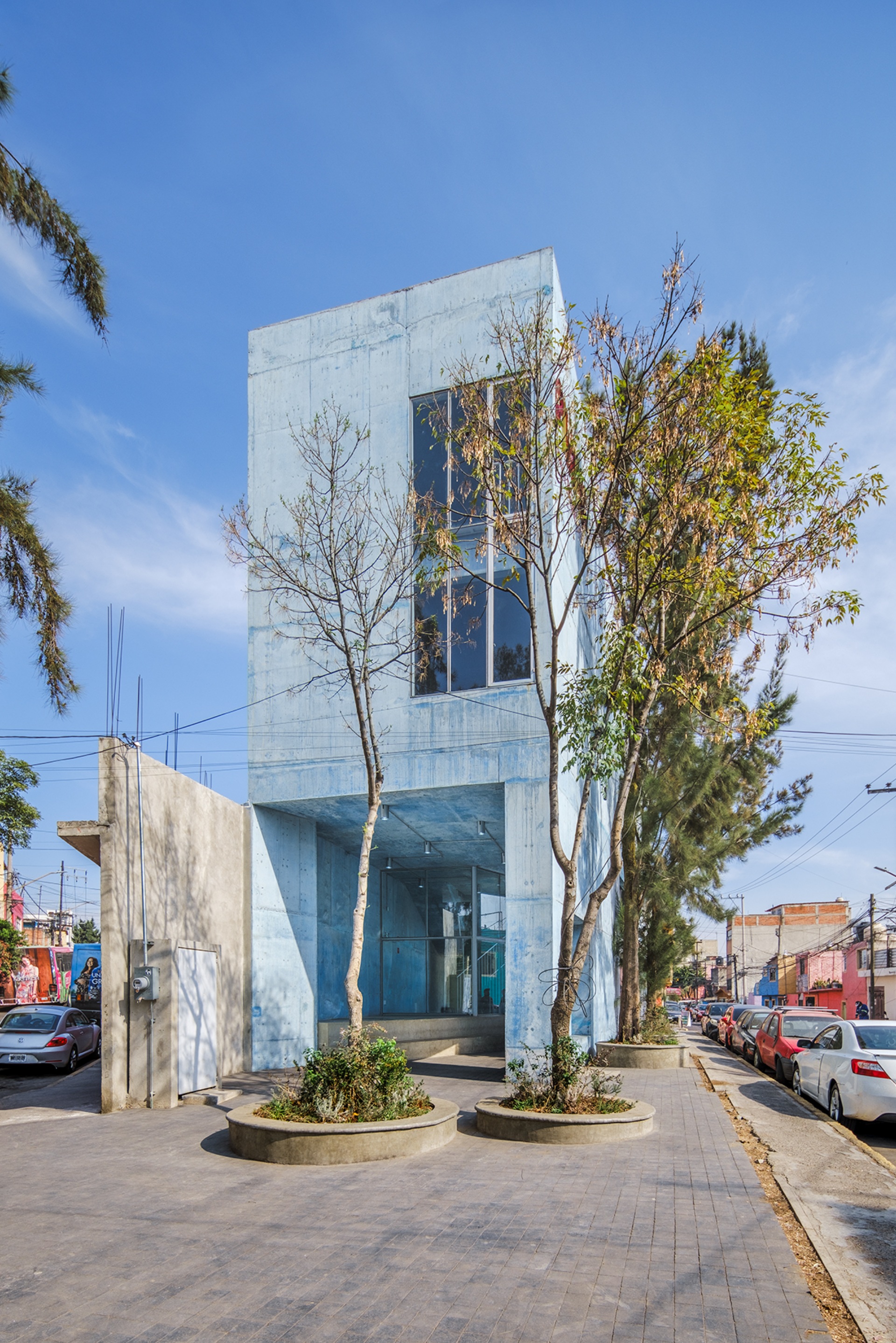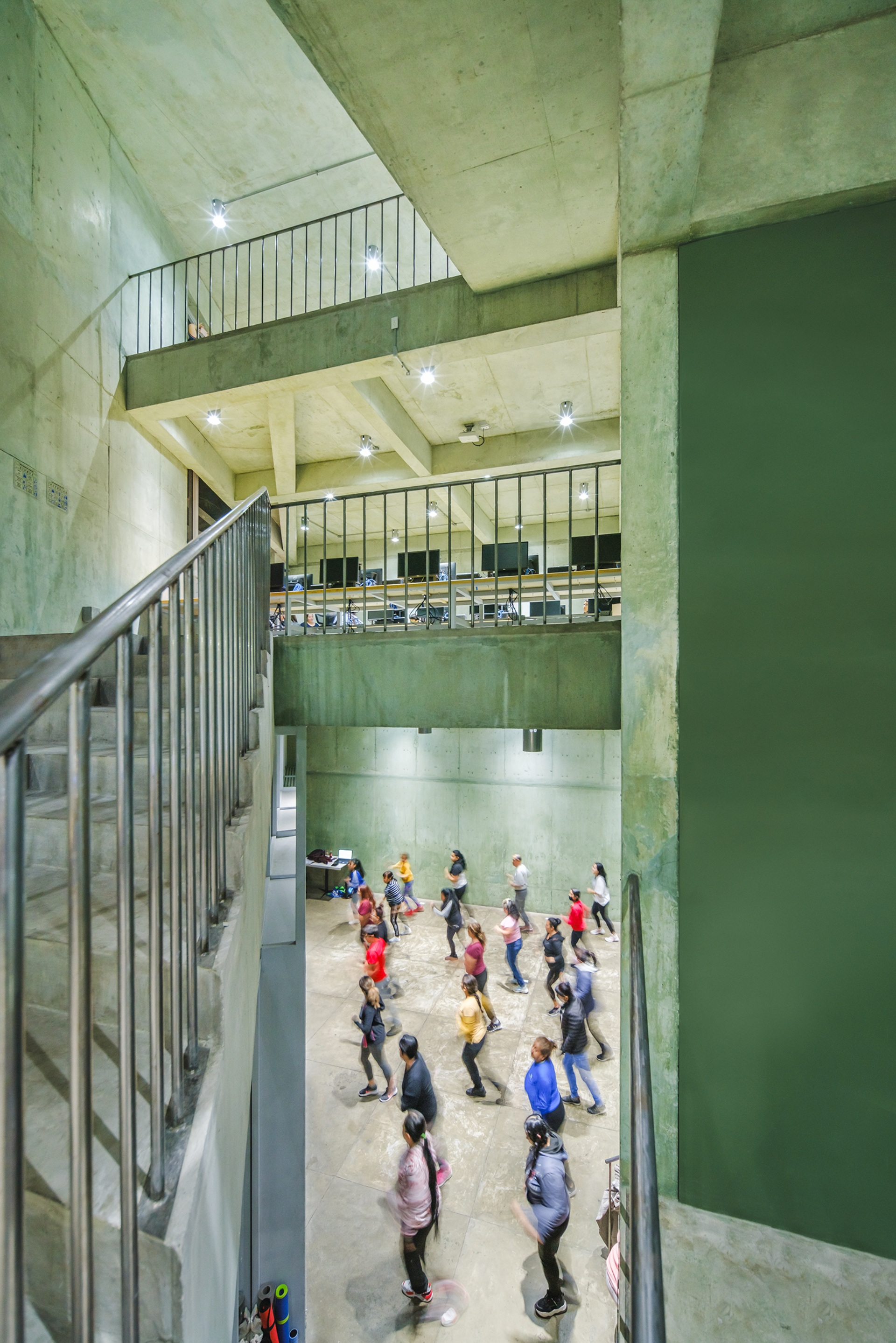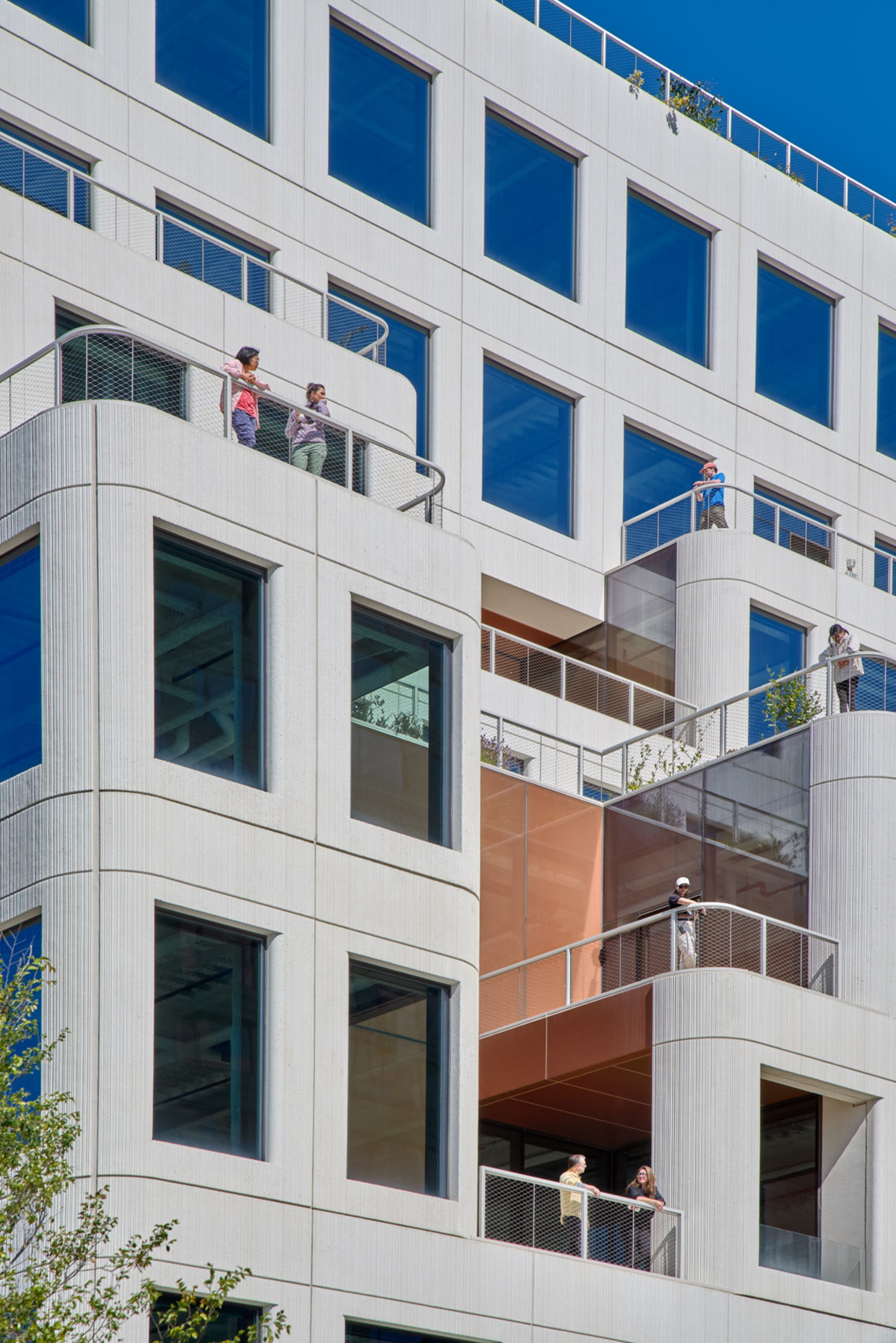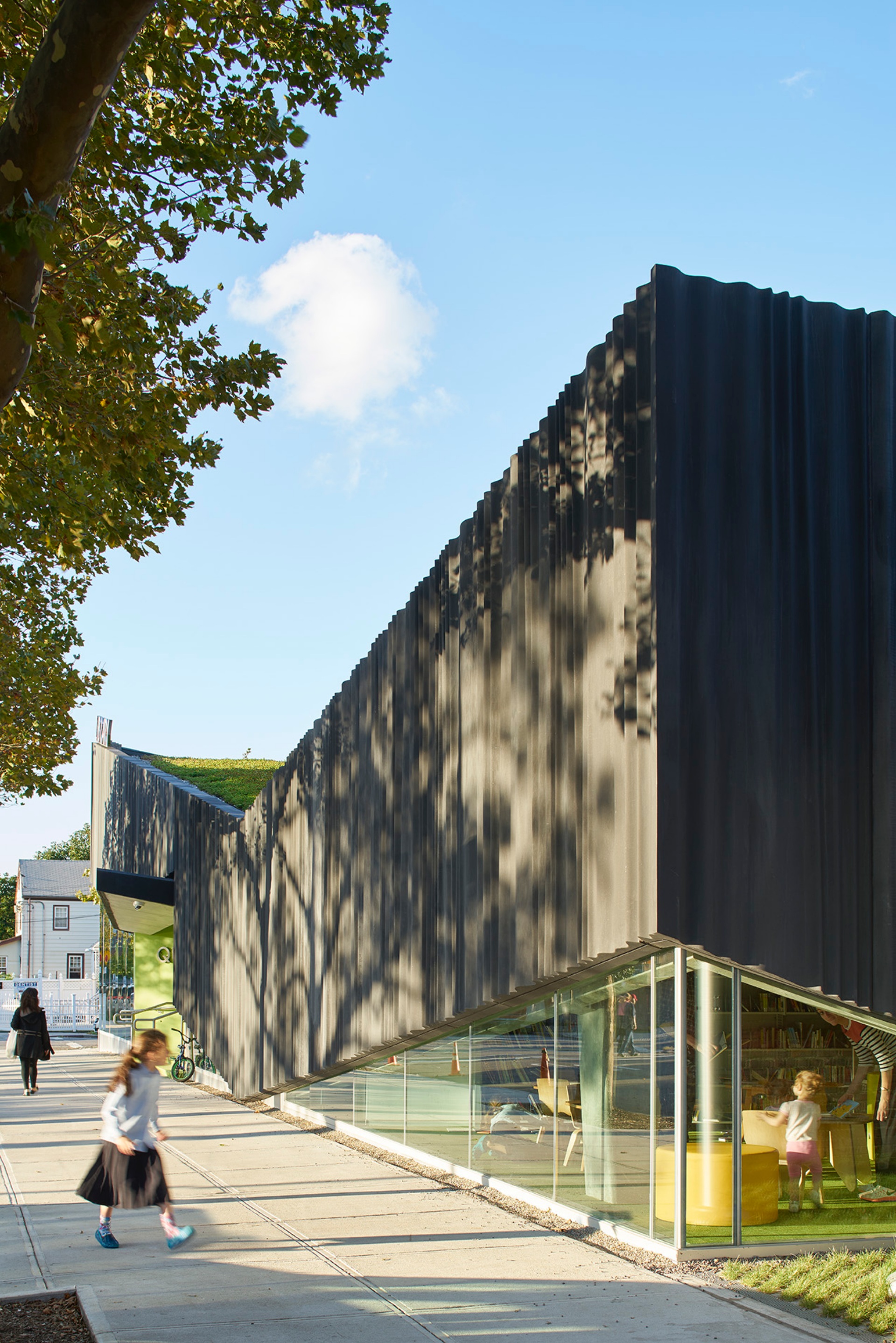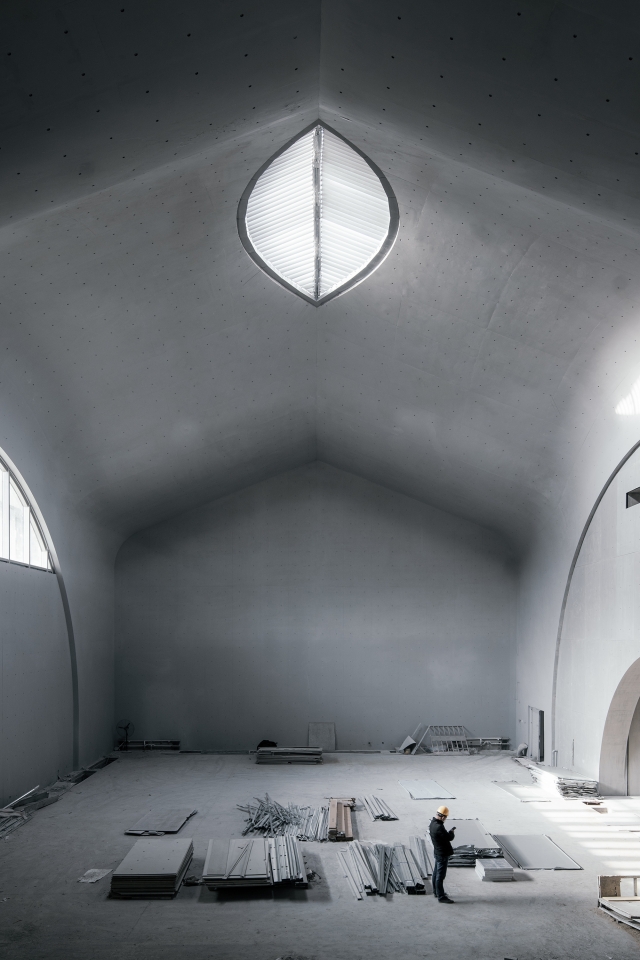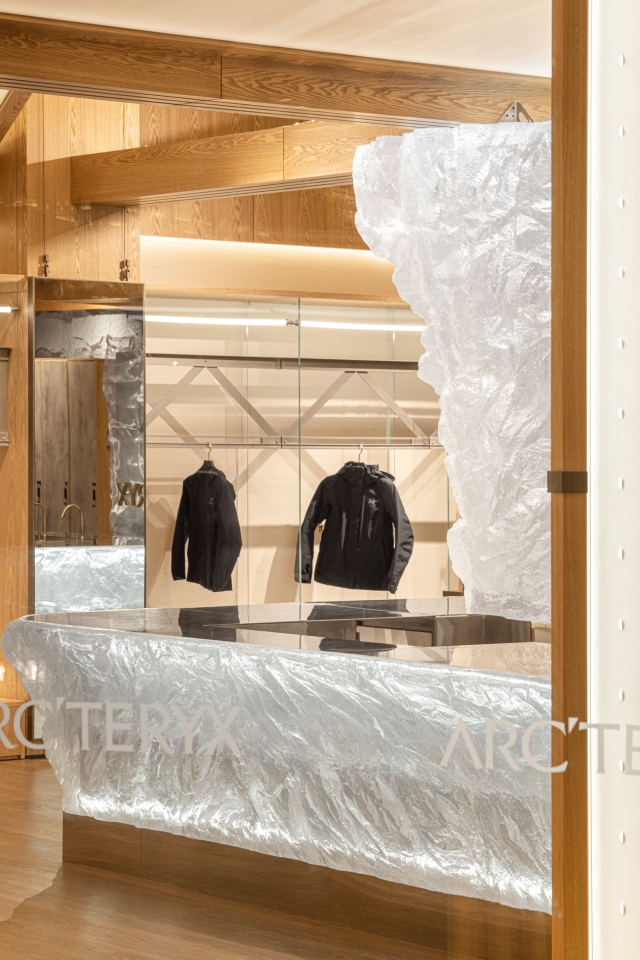Published by Park Books, this volume offers a thoughtfully curated selection of recently completed buildings — including the North Boulder Library, the Rhode Island School of Design’s Student Success Center, and the Miami Museum Garage — that illustrate how WORKac’s architecture engages with specific cultural and environmental contexts to support communities of both people and plants. The projects are introduced through a series of lush photographs, followed by colorful axonometric drawings and brief texts in a section titled “Drawings and Stories.”
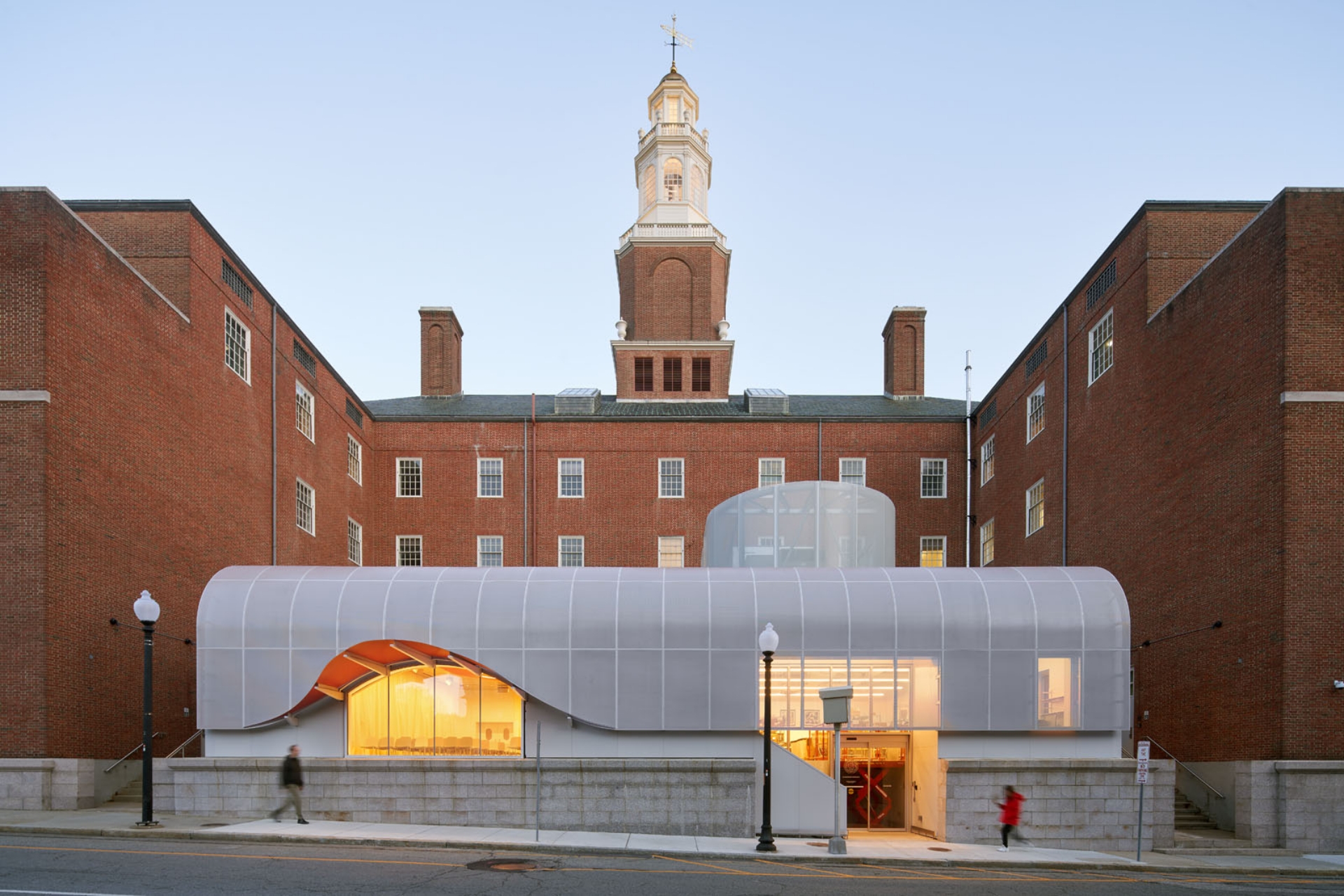
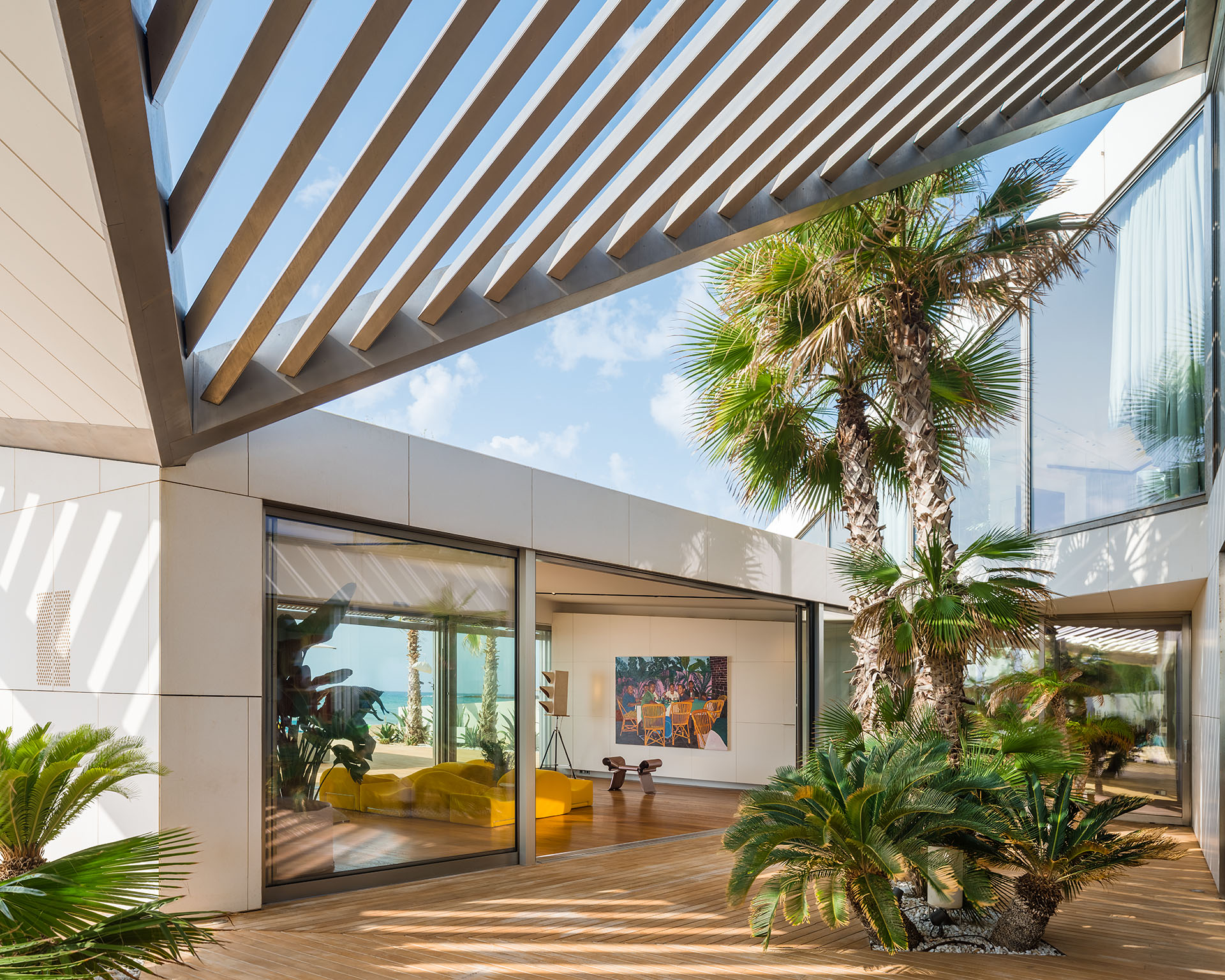
“We don’t think of buildings as isolated objects. Rather, we enlist their power to frame, reexamine and re-invent relationships — between citizens and cities, public and private space, the individual and the collective, inside and outside, and people and plants,” note Amale Andraos and Dan Wood in the book introduction, written together with Miles Hardingwood.
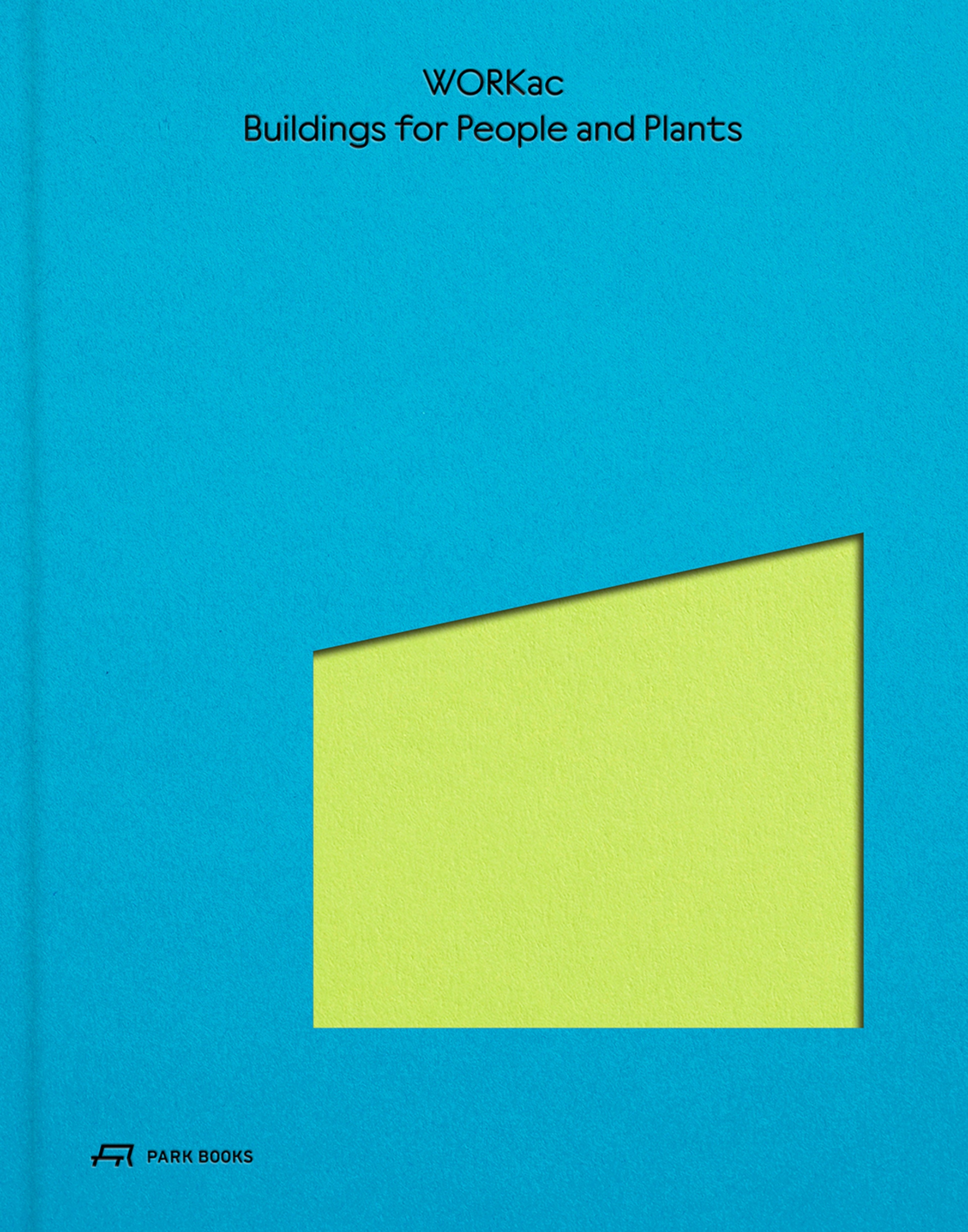
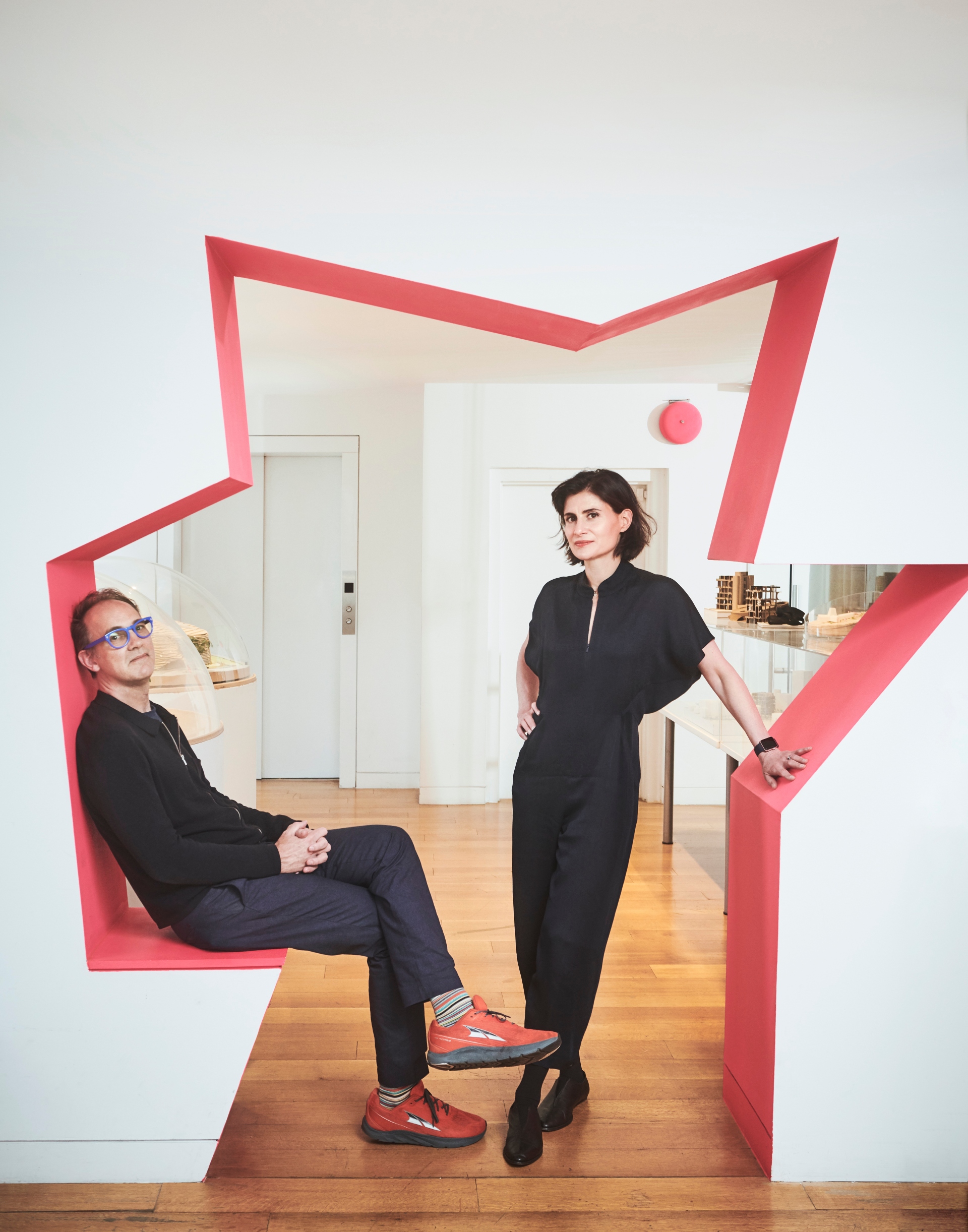
The book features an introductory essay by Amale Andraos and Dan Wood, in which they articulate their design approach through the concepts of “The Bonus,” “The Jolt,” and “The Gift.” It also features a critical essay, “Civics Lessons for an Uncertain Future,” by architecture critic Nicolai Ouroussoff (formerly of The New York Times and the Los Angeles Times), as well as a conversation with the two architects conducted by Heidi Zuckerman, former director of both the Aspen Art Museum and the Orange County Museum of Art.
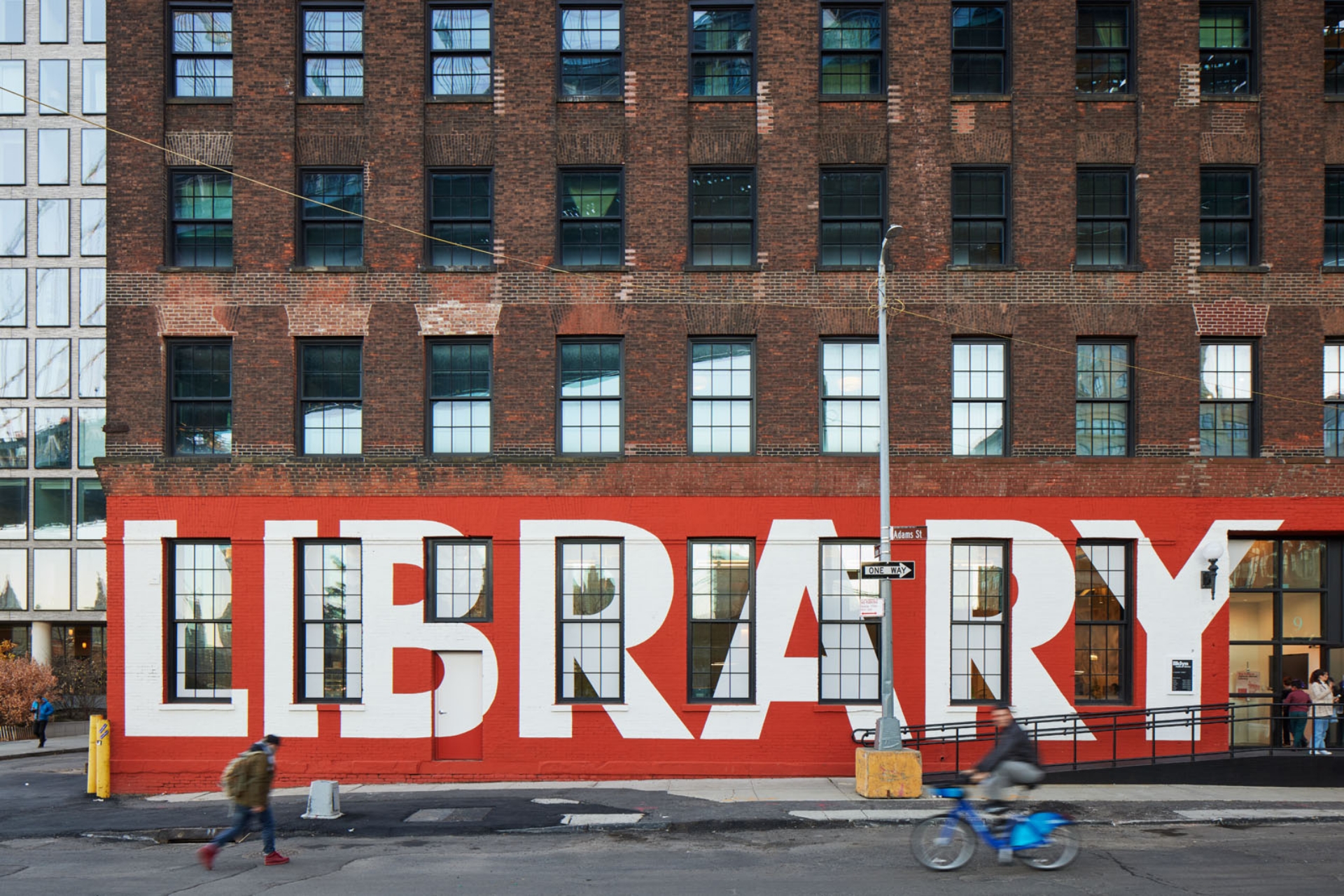
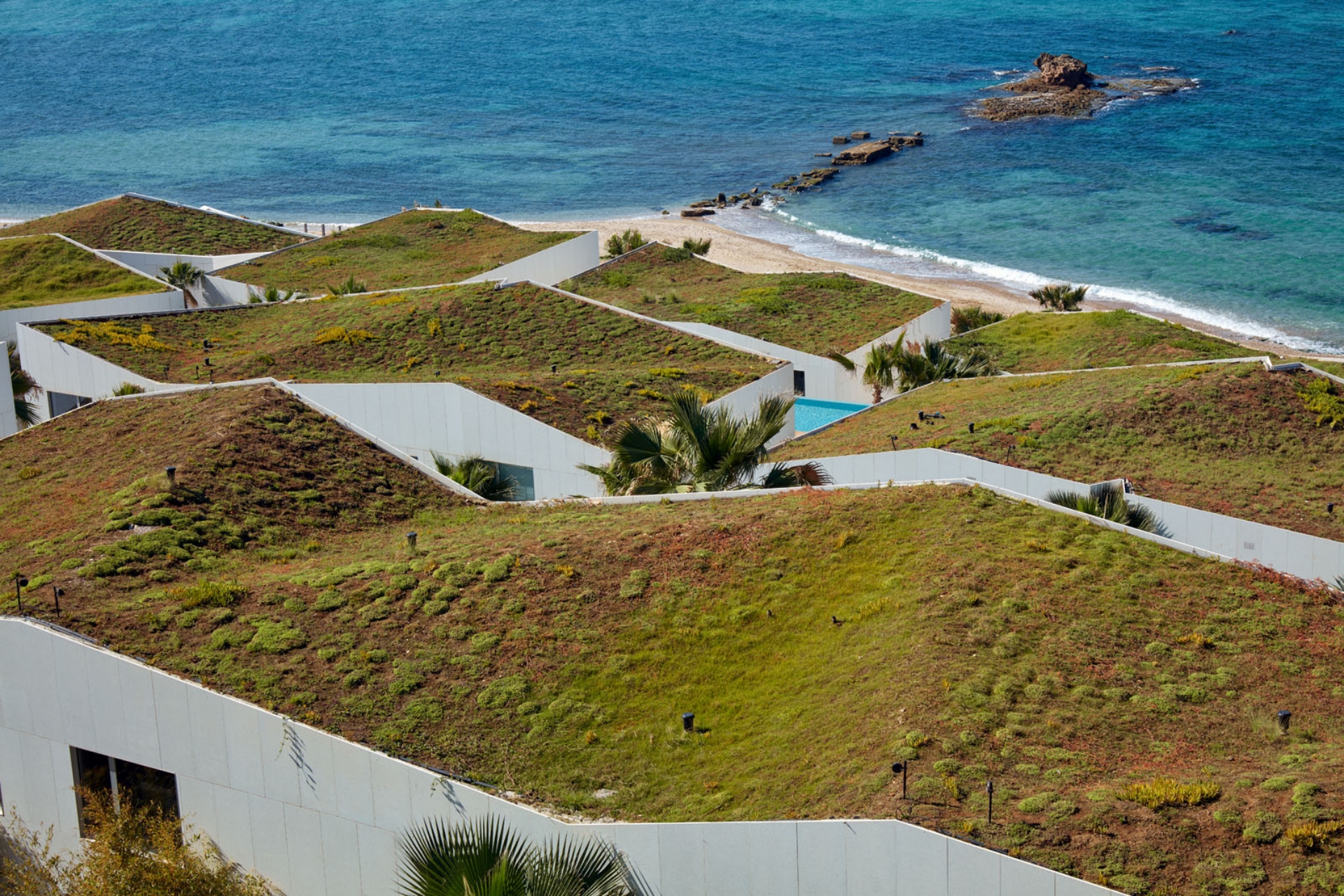
Buildings for People and Plants is a unique design object in itself. The beautifully-crafted book was designed by Sonya Dyakova and Tom Baber of Atelier Dyakova and takes visual inspiration from WORKac’s buildings, featuring die-cut building shapes on the front and back covers that give way to brightly colored endpapers.
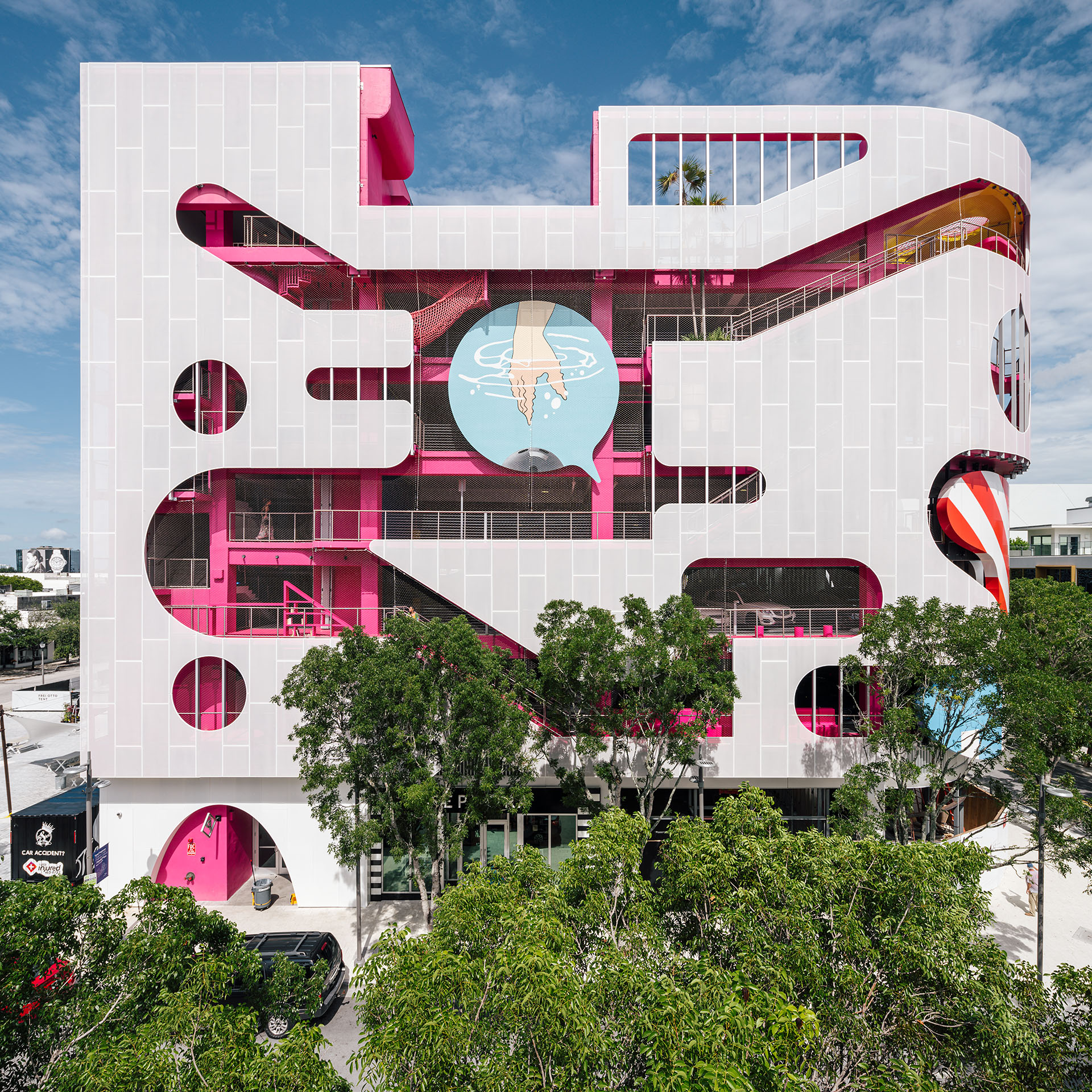
Conceived as a continuation of WORKac’s 2017 publication, We’ll Get There When We Cross That Bridge, the new volume reflects on the ideas introduced eight years ago. The ten featured projects — all built since that first book — offer, in many ways, a response to the questions it posed. “When we design buildings, we are constantly asking ourselves questions. Is there a communal or civic potential? What is the project giving back to the city? Who is it for, and can we make it more inclusive? Does it do something for the environment? How can we add meaning or texture or depth? We push every project to do something extra, to make “one plus one equal three.” When we design, we are looking for the bonus — always searching for the ways our buildings can be greater than the sum of their parts,” say Andraos and Wood.
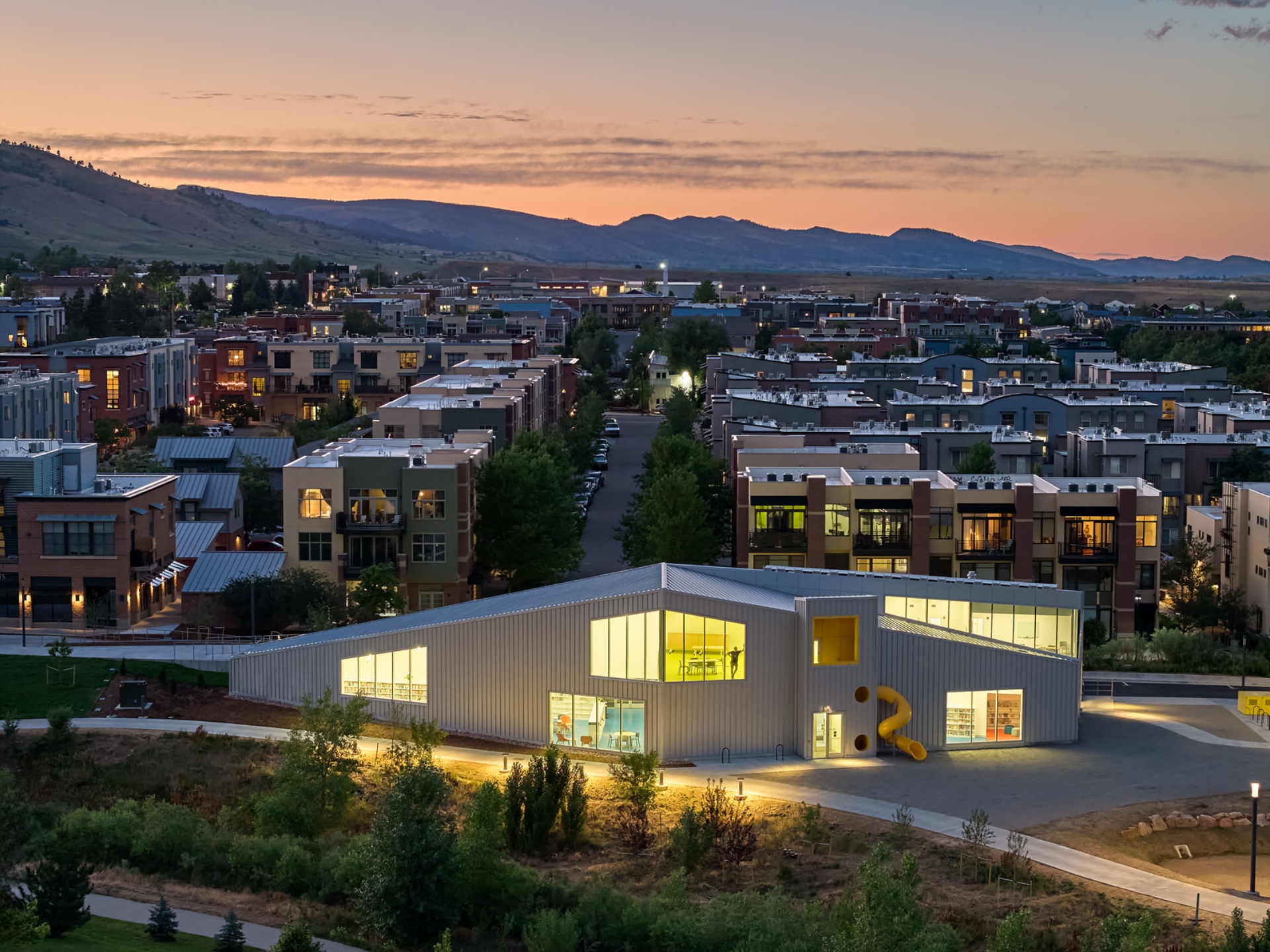
This book marks a significant milestone for WORKac, renowned for their ability to emphasize — through projects across the US and around the world — a deep engagement with local cultures, climates, and histories. With this publication, WORKac not only shares their established insights on public, cultural, and institutional projects, but also celebrates their focus on reinventing — through architecture — how we live, work, learn, and experience the world together. WORKac believes in the power of architecture and design to engage environmental and social concerns to create new possibilities for the future.
